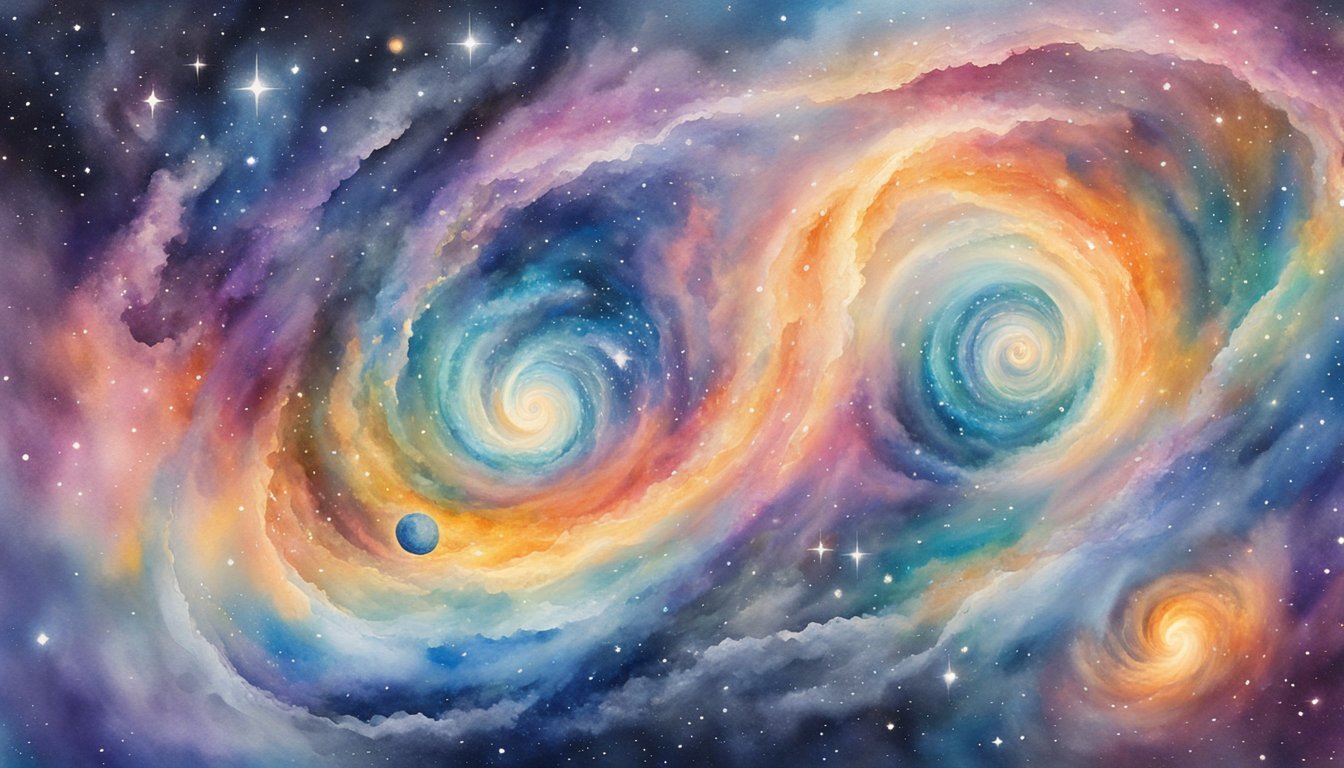Understanding Galaxies and the Universe
Varieties of Galaxies
Galaxies are vast collections of stars, gas, dust, and dark matter held together by gravity. They come in various shapes and sizes, typically classified into three main types: spiral, elliptical, and irregular. The Milky Way, our home galaxy, is an example of a spiral galaxy. Other famous examples of spiral galaxies include Andromeda and the Whirlpool Galaxy. Elliptical galaxies are more elongated and feature less structure than spiral galaxies, while irregular galaxies have no discernable shape.
Apart from these, there are also smaller galaxies known as dwarf galaxies. The Local Group, the galaxy group that includes the Milky Way and Andromeda, contains many of these smaller galaxies.
Galaxy Formation and Evolution
The galaxies we see today are the result of billions of years of evolution in the universe. Astronomers believe that galaxies started forming a few hundred million years after the Big Bang, which occurred around 13.8 billion years ago. Over time, these galaxies grew and changed through interactions with other galaxies, gas accretion, and mergers.
Dark matter is believed to play a critical role in the formation and stability of galaxies. It acts as an invisible scaffold, providing the gravitational force needed for galaxy formation and preventing them from being torn apart by rotational forces.
Measuring the Universe: Methods & Challenges
Estimating the number of galaxies in the universe is both challenging and an area of ongoing research. The observable universe contains only a portion of all the galaxies that exist, as many lie beyond the reach of current observation methods. Estimates vary greatly, with recent studies suggesting the observable universe may contain anywhere from 200 billion to 2 trillion galaxies.
To study the galaxies and the early universe, astronomers use advanced telescopes such as the Hubble Space Telescope and the upcoming James Webb Space Telescope. These telescopes can peer into the distant past by capturing light that has traveled billions of light-years, revealing crucial information about the universe’s evolution and structure.
Distance measurement plays a critical role in understanding the universe, with astronomers using various methods, such as parsecs and light-years, to describe the vast distances between celestial objects. These measurements can help astronomers determine the age, size, and rate of expansion of the universe, further informing our understanding of its origins and structure.
Galactic Components and Interactions

Stars, Planets, and Black Holes
Galaxies are composed of a variety of celestial objects, including stars, planets, and supermassive black holes at their centers. Stars and planets are held in their orbits by gravity, and telescopes allow us to observe the brightness of stars and the motion of planets within their respective solar systems. The formation of stars and planets is a complex process involving gravity, gas, and dust.
Gas, Dust, and Dark Matter
In addition to stars, planets, and black holes, galaxies also contain vast clouds of gas and dust. These clouds play a crucial role in star formation as they can collapse under their own gravity and eventually ignite nuclear fusion. Furthermore, galaxies are surrounded by a mysterious substance known as dark matter, which is not visible to telescopes but can be inferred by its gravitational effects on visible matter.
Observing dark matter requires the use of advanced techniques such as spectroscopy and gravitational lensing. Dark matter halos encompass galaxies, playing a vital role in their formation and evolution.
Galaxy Clusters and Superclusters
Galaxies are not randomly distributed throughout the universe but are generally organized into groups, clusters, and superclusters. The largest structures in the universe, superclusters, are vast collections of galaxy clusters spanning millions of light-years. For instance, the Laniakea Supercluster is the home of the Milky Way and thousands of other galaxies.
Galaxies within clusters interact with one another, sometimes colliding and merging. The Milky Way and the Andromeda galaxy, both part of the Virgo Supercluster, are on a collision course and will eventually merge in about 4 billion years. These interactions lead to a wide variety of galaxy shapes, such as spiral, elliptical, and irregular galaxies.
Advanced telescope technology, like the Hubble Space Telescope and the upcoming James Webb Space Telescope (JWST), enables astronomers and astrophysicists to study the distant universe and observe the earliest galaxies in the Hubble Extreme Deep Field (XDF). These observations, combined with computer simulations, provide insights into galaxy formation and the evolution of the universe.

